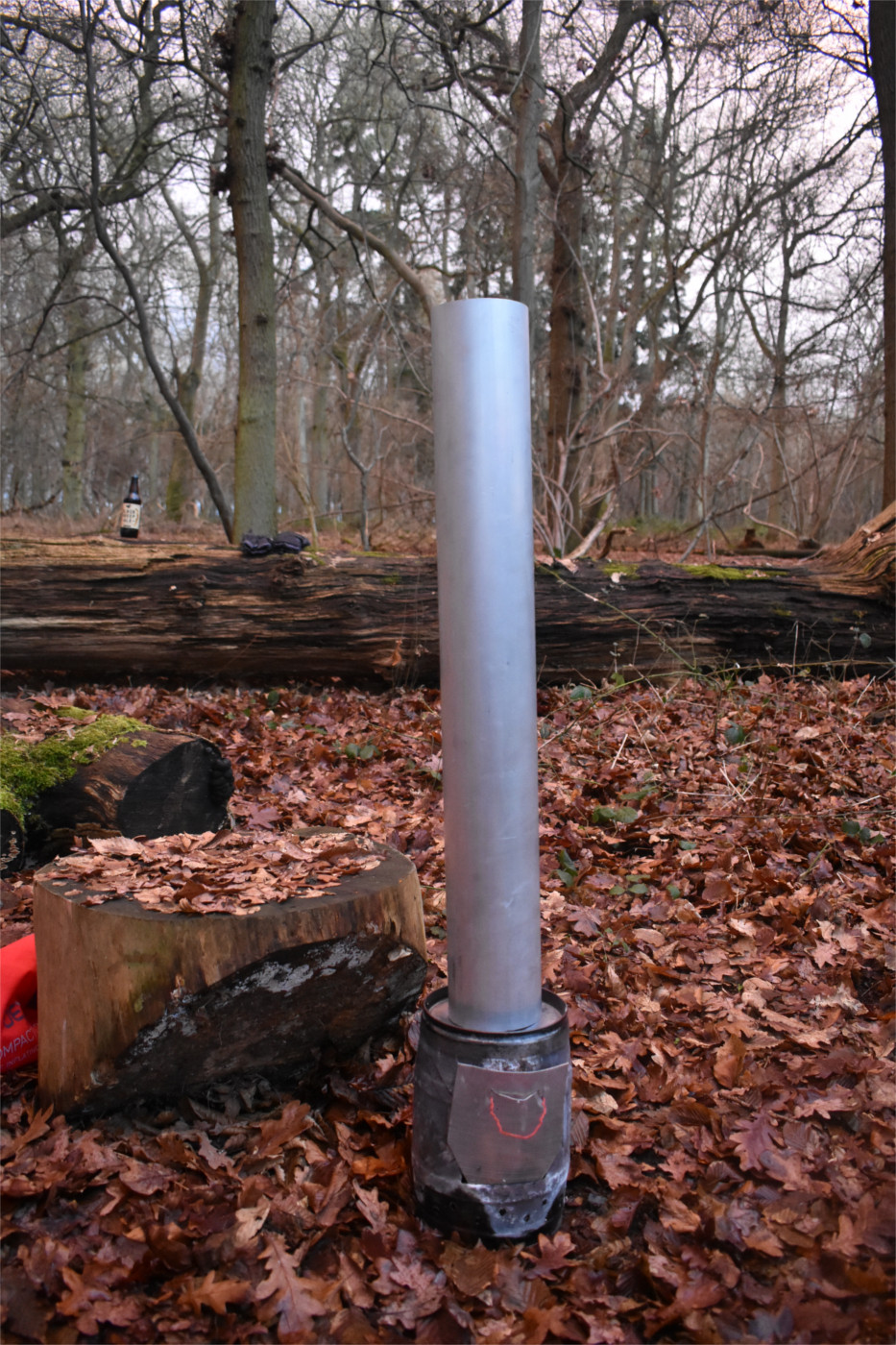Hot tent camping is where a stove is used inside of the tent to provide warmth in extremely cold conditions. “Crikey!” I hear you cry, “That sounds mighty dangerous!”. That’s because you’re right. We’ve obviously got two very clear hazards here:
- Risk of perishing in a raging inferno, and;
- Slowly succumbing to the odourless persuasions of carbon monoxide
Addressing point number one, any hot tent camping setup needs to be carefully designed to reduce the risk of fire hazard by ensuring there is no contact with flammable materials and that the stove is stable, and will not topple. The fire also needs to be carefully monitored at all times.
On point number two, the stove needs to have a good draw, ensuring that when it is in operation, noxious fumes are safely extracted out of the tent. Still, a downdraught is always a risk, therefore the only safe option here is that the fire must be completely extinguished when you go to sleep.
If any readers are seriously considering hot tent camping we recommend doing your research and taking all the necessary precautions when dealing with fire in a confined space. What we are demonstrating in this article is a proof-of-concept of what can be achieved with not that much money.
In our previous article we discussed the construction of a mini wood burning stove made out of a beer keg. To use this in a hot tent camping setup we needed to make a couple of alterations. Namely the addition of longer chimney to extend through a hole in the tent. However, when we were testing our creation we found that the chimney became red hot. If this part came into contact with tent fabric, it would obviously be bad news. So we devised a two layer chimney; we stacked a number of old baked bean cans on top of each other then put a piece of aluminum tubing over the top.

For the tent Sam picked up a vintage 1974 Polish Military issue lavvu for less than £30. If you’re not aware, the lavvu is a fantastic thing indeed. A lavvu consists of two large canvas ponchos and several pieces of aluminium tubing which can be combined to make a teepee. The ponchos have one hole on either side for each arm. When fully constructed, this leaves a convenient chimney sized hole in the lavvu.

Even though we used the aforementioned two layer chimney construction we still wanted to make sure the chimney did not come into contact with the lavvu canvas. To ensure this, we wedged the opening into a rigid diamond shape using a stiff twig either side of the chimney. Let’s just take a short break to admire the glorious dying light in our chosen camping location.

Now, back to burning stuff. We collected some firewood, loaded the mini keg stove and built another fire nearby also. As day became night, we lit the stove and closely monitored our creation.

After the fire had got going all three of us piled into the lavvu, closed the door and basked in the intense heat quickly building in the small space. We found that the rough seal of the canvas lavvu massively helps to keep the heat from escaping and that within a matter of seconds of closing the door, the space became quite toasty.

Whilst we didn’t sleep in the lavvu on the first night, I think we have proven that you can quite cheaply assemble a small, functional hot tent camping setup that could serve the purpose of quickly warming you up for a very small fuel load. We’ll definitely be experimenting with this set up in the future. Breaking down the cost…
Beer keg ~ £15
Sheet aluminum ~£2
Aluminium chimney ~£10
Lavvu with aluminium poles ~£30
Total: ~£57
I’ll leave you with a wonderful long exposure shot that James took of a passing plane in the night sky.
